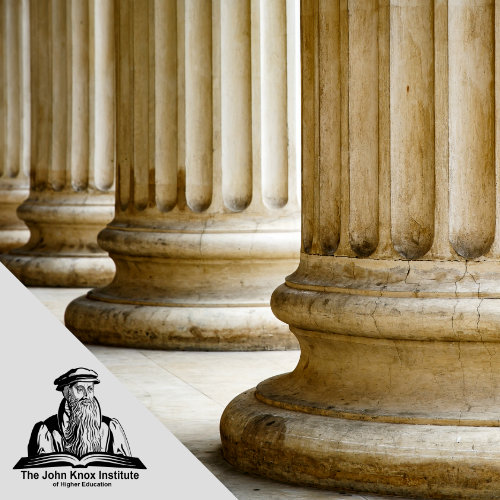
What if I were to ask you the question, What makes a rock different from a fruit tree? Well, you might think to yourself, Well, a rock is something that doesn’t move—it’s hard, it stays the same, whereas, a fruit tree grows. You see it come up out of the ground, it grows to maturity, it has leaves, it drops those leaves in the winter, and then eventually, after a few years, it begins to bear fruit, and so on. Well, true enough. Well then, what makes the difference between a tree and a fly—like a housefly. What makes the difference between those? And you’d say, Well, a fly is more animated. It has movement, it has more complexity. So it has eyes that can see, and patterns through which it moves, and its lifespan in obviously shorter, and so on. And that’s true as well. Well then, what makes the difference between a fly and a dog. Here again, we have some similarities, in this case, they’re both animated—they’re active creatures. But a dog has more capabilities, doesn’t it? It can do all sorts of things that a fly can’t do, and it has a relationship with people, and so, you can have a pet dog and train it tricks, and so on. Well, what is the difference between a dog and a person? In other words, what exactly makes a person a person? And you can’t say that they’re animated, right? They both run, they both eat, they both feel pain, they can even have a capacity for companionship, and so on. Dogs even communicate—they communicate to one another, and there is some measure of communication between people and dogs. So what is it? I mean, you can train a dog to do all sorts of things, and you can train a person to do all sorts of things. What exactly makes a person a person?